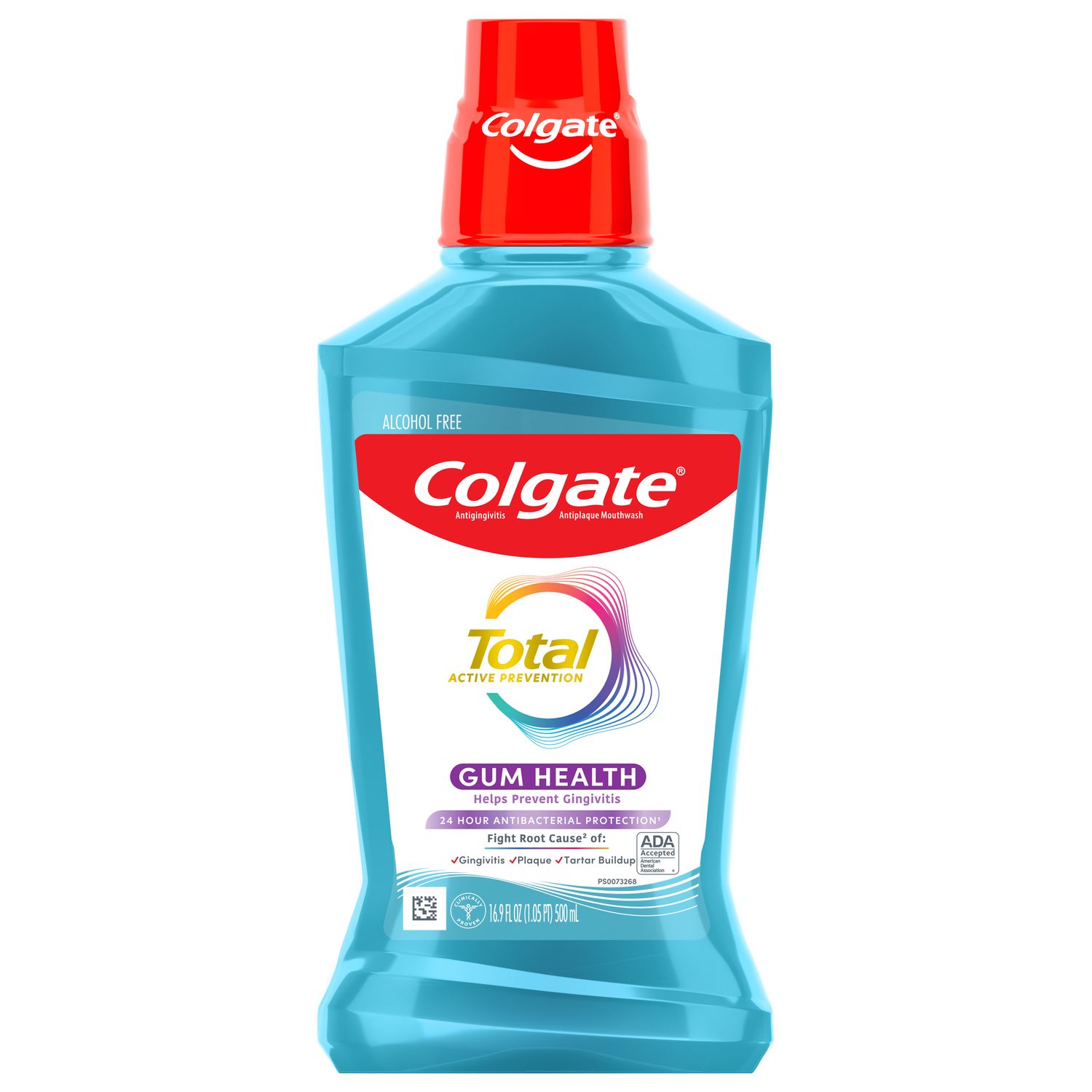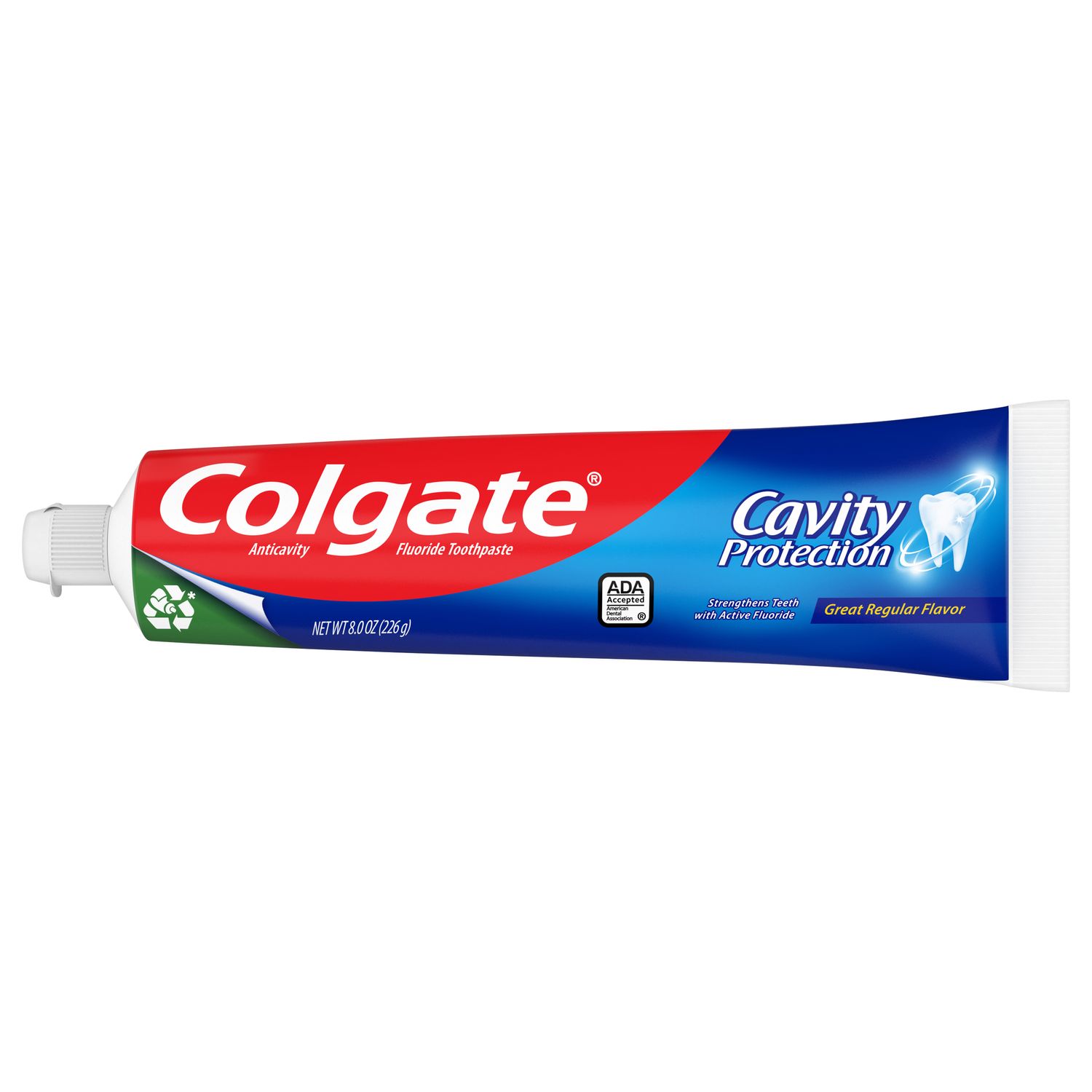Potential Complications Following Tooth Extraction
If you need a tooth extracted, your dental professional will remove your tooth from its bony socket in the upper or lower jaw. The bone then must heal. Sometimes during this process, complications arise, like dry socket and infection. Details for each follow:
- Dry Socket: A common complication after removing a tooth is dry socket, which occurs when the blood clot that fills the void left by the extracted tooth becomes dislodged. Since the clot acts like a bandage within the mouth during healing, its absence can expose the nerves and cause discomfort. If you notice that the bone in your socket is visible or if you experience severe pain in the days following extraction, see your dental professional immediately.
- Infection in the Mouth: Another potential complication following an extraction is the development of a dental infection. That's because, after any dental procedure, there's a chance of bacteria entering the body. Some signs of an infection in the mouth include bad breath, a sour or bitter taste, fever, sensitivity to hot and cold, and swelling or tenderness in the gums, neck, or jaw.
The key is to report any symptoms of complications early, so you can treat the issue right away and decrease the chances of developing anything further.
Bone Infection After a Tooth Extraction
Though it's highly uncommon, it's also possible to develop a bone infection after tooth extraction. This condition is clinically called osteomyelitis, and although it is rare, it can be serious. Osteomyelitis can occur in the mouth when the open wound created from an extraction becomes contaminated, and the infection spreads to the underlying bone. The symptoms of osteomyelitis are similar to those of other dental infections, including:
- Fever
- Swelling, tenderness, or pain in the affected area
- Warmth or redness at the site
- Weight loss and or fatigue
Again, let your dental professional know right away if any of these symptoms show up for you after your tooth extraction.
Prevention and Treatment
The treatment of bone infection depends on the extent of the infection. Surgery might be necessary to drain and clean the infected area, followed by antibiotics. In some cases, antibiotics may be sufficient. Other instances may require a bone graft (a surgical procedure that uses a transplanted bone to repair and rebuild the damaged bone). Regular follow up with your dentist may be necessary after treating osteomyelitis to keep you healthy.
Preventing infection is also possible. Alongside tooth extraction, antibiotics can be preventive. It's also always important to keep up your daily oral care and hygiene by brushing twice a day, flossing daily, and regularly seeing your dentist.
Now you know what to look out for after a tooth extraction regarding complications. If you have pain, a fever, or tenderness at the site, contact your dentist right away. That way, you can treat any complications and prevent further issues as soon as possible. Although osteomyelitis is unlikely after a tooth extraction, it's great to understand the possibility and the signs and symptoms of infection. Remember to ask your dentist about anything that's on your mind regarding your tooth extraction. After reading this article, they'll be impressed with your dental knowledge.
Oral Care Center articles are reviewed by an oral health medical professional. This information is for educational purposes only. This content is not intended to be a substitute for professional medical advice, diagnosis or treatment. Always seek the advice of your dentist, physician or other qualified healthcare provider.
ORAL HEALTH QUIZ
What's behind your smile?
Take our Oral Health assessment to get the most from your oral care routine
ORAL HEALTH QUIZ
What's behind your smile?
Take our Oral Health assessment to get the most from your oral care routine















